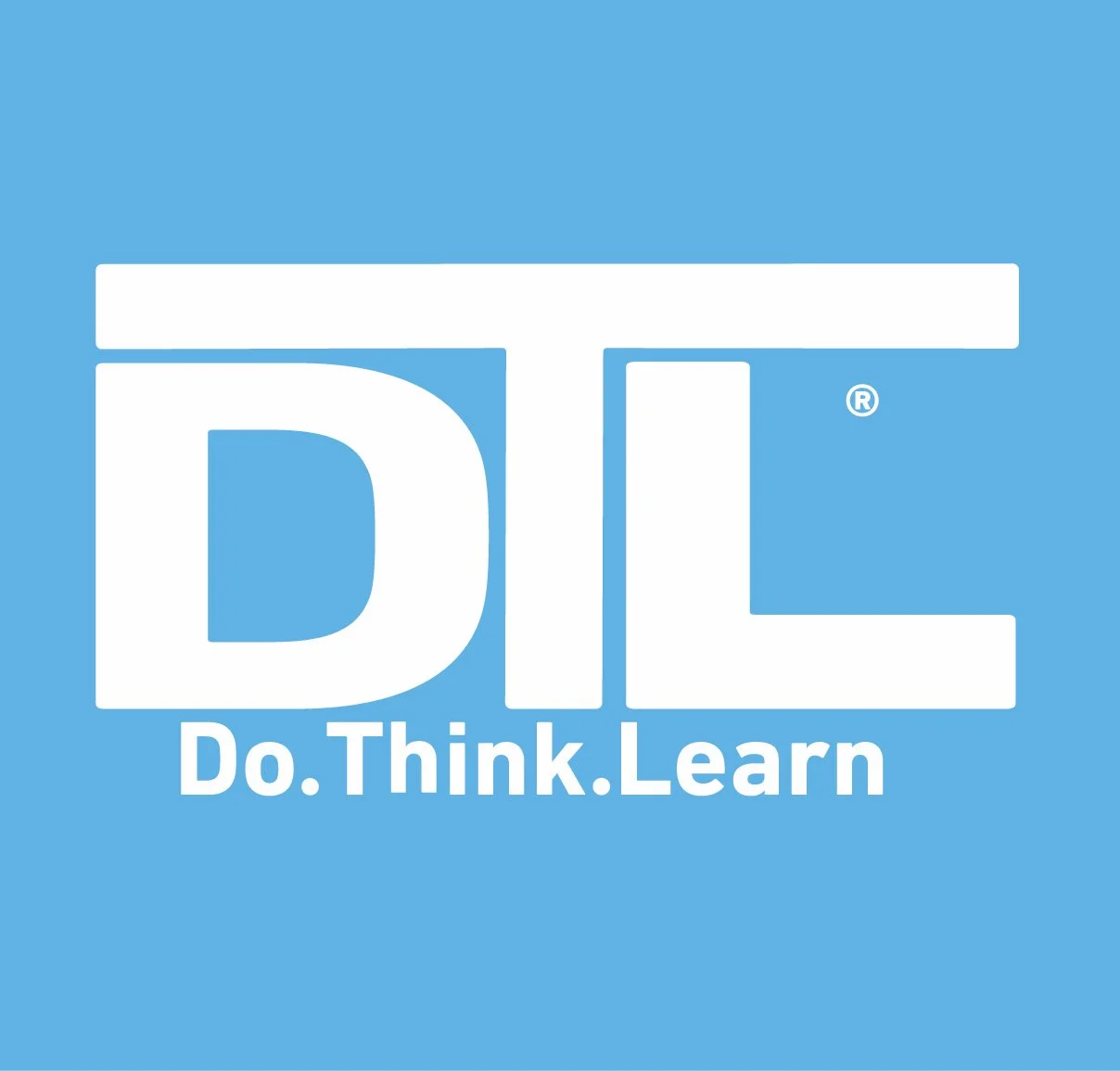From a young age I knew I should teach. Yet I fought it. Then I fought it some more. I spent my youth “volunteering” in my Mom’s classroom. Our basement at home had a small classroom set up in the corner. I saw firsthand what it took and tried to avoid the calling. Eventually I gave in. Although how I teach evolves and changes, why I teach has remained the same.
I teach to empower. Learning - real learning - empowers individuals. Supporting their development of various skills builds confidence. Encouraging students to deconstruct an idea and rebuild it - to think critically or from multiple perspectives , and to develop their own answers - helps each individual discover how much they are capable of in school and out. My job isn’t to teach students what to think. My job is to teach students ways to think and effective ways to express themselves. Learning lights a spark. That spark powers change and empowers the future.
I teach to break down walls. In school and life students confront myriad walls. Some walls exist between students and teachers. Other times walls separate students and subject matter or skill development. Numerous walls intersect in classrooms and hallways between students or groups of students. Students construct walls to protect themselves from a variety of academic and social intrusions. These walls limit or prevent individuals from accessing their full potential, diverse resources, and an array of opportunities. Part of teaching means breaking down these barriers and providing guidance for students so they can address such barriers in the future on their own. Too often students bash themselves against the wall to no avail. However, every wall has a weakness and knocking it down is not the only path forward. I teach so that individuals can access the knowledge, skills, and community resources around them. A teacher also provides students with the guidance to confront, navigate, and overcome the walls or gatekeepers obstructing their success in the future.
I teach to build bridges. Whether we want to admit it or not, teaching and learning doesn’t happen without an interconnected network of relationships. First, the teacher/student relations establishes the foundation of learning. To learn means crossing a gap between old and new knowledge, the past and future, or the known and the unknown. Trust, safety, and support allow a student to step out to cross that gap. The teacher builds bridges that each student feels safe walking across those gaps. Students also need a bridge to cross over the schisms of social risks and peer pressures that interfere with their academic and mental health. Bridges between individuals and groups build community and support students as they negotiate around the array of pressures in school. Students also need to bridge their life in school and their life outside of school as well as who they are now and who they want to be in the future. Building a network of bridges between their various worlds students know they have a way forward that remains connected to their identity and their history. As a teacher I build bridges and watch as they cross into the future.
That’s why I teach.

